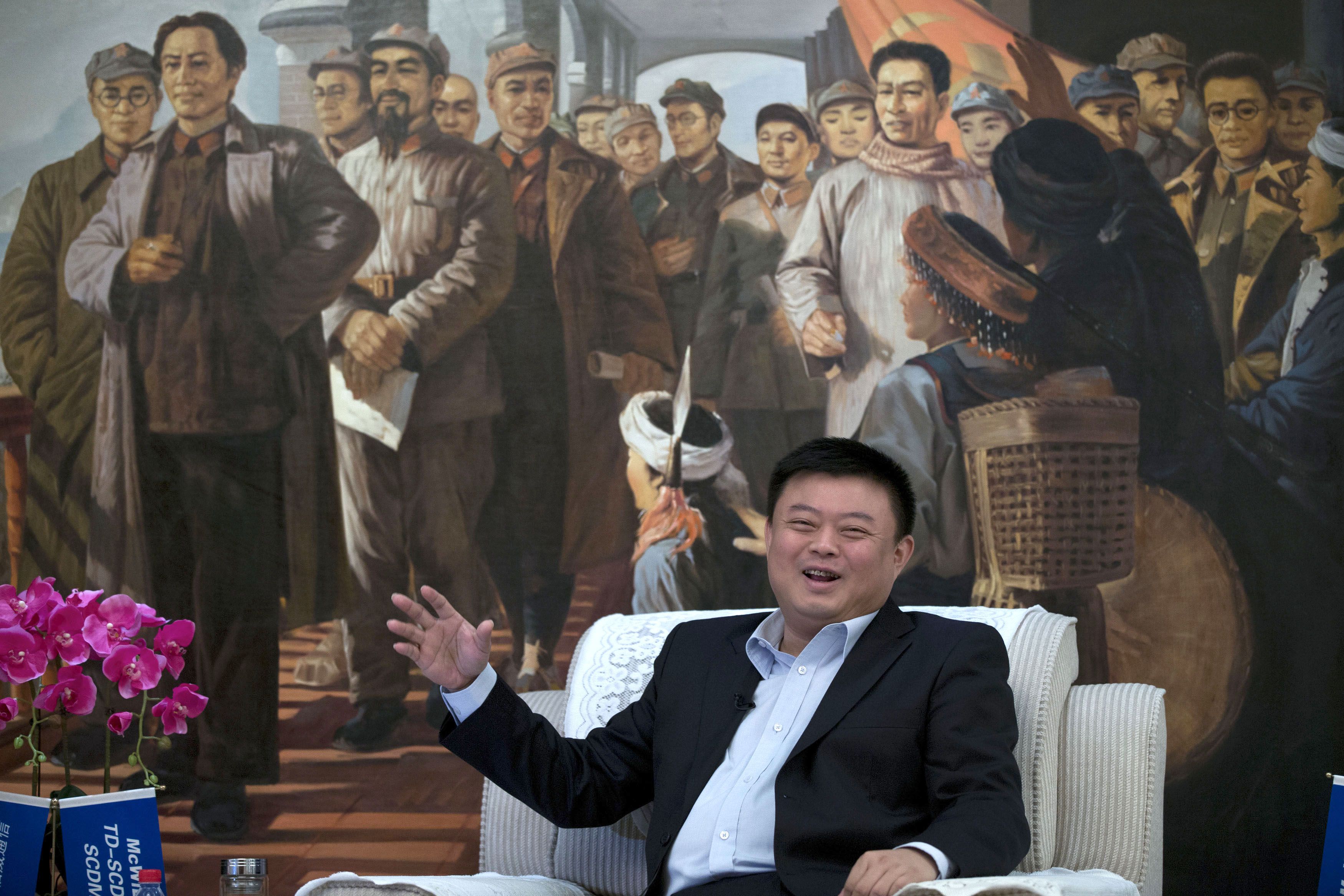SAN MIGUELITO, Nicaragua — Colossal. Mammoth. Vast.
There’s almost no other way to describe the proposal to build a 170-mile, inter-oceanic canal across Nicaragua, and while the plan has been greeted with widespread skepticism, powerful global forces may also coax the project forward.
Those forces include the rising economic might of China, the suspected backer of the proposal, and the emergence of ever-growing number of mega-ships that can’t pass through an expanded Panama Canal but could transit the one proposed for Nicaragua.
Already, preliminary work has begun, at a cost to date of hundreds of millions of dollars. Land has been surveyed, routes identified, negotiations begun with landholders. Yet secrecy still cloaks the project, whose ramifications are vast. Tens of thousands of Nicaraguans would be displaced and hundreds of square miles of land would be given over to the Chinese company that holds the concession to build the canal.
Other ramifications can only be guessed at: The impact the canal would have on Nicaragua’s environment has yet to be made public. Also uncalculated: the ramifications on world trade that would come from the inter-ocean passage of ships so large that most U.S. ports can’t handle them.
Another looming unknown: how the global balance might change with a Chinese-built and -financed canal dug across an isthmus that has been a nearly exclusive American zone for 200 years.
Whatever the long-term cost, and if its backers conjure up the financing – still a big if – the creation of what would be the world’s biggest canal is without doubt the largest earth-moving project of the modern era.
An army of 50,000 workers would be required to gash a 90-foot-deep ditch across Nicaragua. Plans call for more than 2,000 excavators and heavy earth movers – some with wheels bigger than the tallest NBA player – to gouge, claw and chew their way across Nicaragua, moving 5 billion cubic meters of dirt, rock and sludge.
“There’s been no civil engineering project of this magnitude – ever,” said Bill Wild, the chief project adviser to HKND Group, the Hong Kong-based firm that has won a 50-year concession to build and operate the canal.
Perhaps appropriately, as the Chinese dragon enters Central America, one has to look to China’s Three Gorges Dam, the world’s largest hydropower project, finished in 2006, to find anything close to equal. That dam, which spans the Yangtze River and displaced well over 1.1 million Chinese upriver along a massive reservoir, used more than double the concrete that would go into the Nicaraguan canal.
“But we are 50 times the size of Three Gorges in terms of earthworks,” Wild said. “Three Gorges is about 100 million (cubic meters of excavated material). We intend to move the best part of 100 million per month.”
Nothing built in the United States recently remotely comes close, neither the new San Francisco-Oakland Bay Bridge nor Boston’s Big Dig.
See the full story, including a photo gallery and video content, at McClatchy DC.











